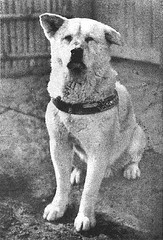On Aug. 10, 1628, as hundreds of Swedish spectators looked on, the new royal warship Vasa crossed the Stockholm waterfront, set her sails, foundered, and sank. She had covered less than 1 nautical mile.
During the Battle of Öland in 1676, the Swedish flagship Kronan was heeling to port when commander Baron Lorentz Creutz said, “In the name of Jesus, make sure that the cannon ports are closed and the cannon made fast, so that in turning we don’t suffer the same fate as befell the Vasa.” They didn’t; they did.



